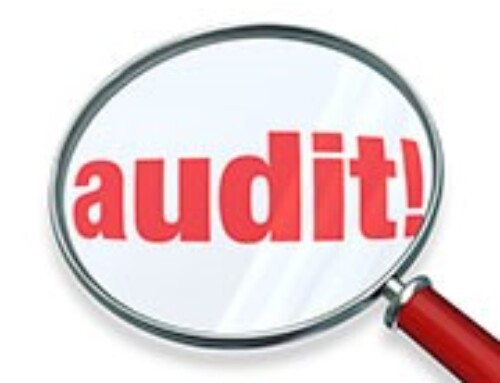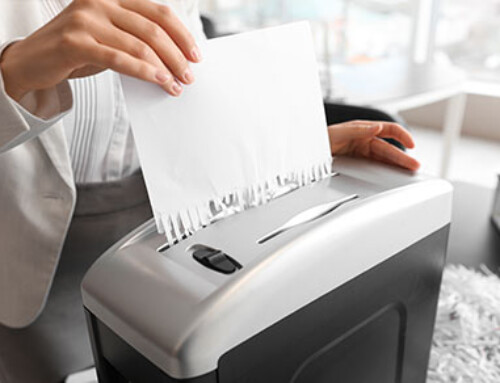If you own a small business, you may have set up a defined benefit pension plan for you and your employees that will provide a specific amount of retirement income based on salary history and years of service. For 2021, the maximum annual benefit of a defined pension plan is $230,000 (unchanged from 2020). In future years, it will be subject to cost-of-living adjustments.
But retirement tends to be a time when medical expenses grow. Those expenses could dilute your pension with little or no tax benefit.
Medical expenses are currently deductible only to the extent that their annual total exceeds 10% of your adjusted gross income (AGI) in 2021 (up from 7.5% in 2020). So, if your annual retirement AGI is $150,000 and your unreimbursed medical expenses total $11,000, you are out of luck for tax purposes. You can’t deduct any of those costs because they don’t exceed 10% of your AGI or $15,000.
The problem is exacerbated as healthcare costs continue to rise as you get older.
There is, however, a little-known way to derive some tax benefits. By supplementing your defined benefit arrangement with a 401(h) plan, you (and your employees) can pay medical expenses with tax-free distributions. This enables you to maximize the tax efficiency of your plan contributions and earnings.
Basic Premise
A 401(h) plan provides incidental health benefits to retired employees, their spouses and dependents. It can cover sickness, accident, hospitalization and other medical expenses provided the costs don’t exceed 25% of the employer’s total contributions to the defined benefit plan.
The plan must also meet other tax law requirements (see right-hand box).
When you use the funds in the 401(h) account to pay for qualified medical expenses, distributions are tax free, which could generate substantial future tax savings.
Example
You own a business with a small full-time staff. You have been financing your defined benefit plan with $50,000 of annual contributions (in addition to the required contributions for other employees). During the ten years before you retire, you allocate $10,000 of your annual contributions to a 401(h) account. All of the funds are invested in the same manner.
For simplicity, let’s assume you incur $10,000 in unreimbursed medical expenses in each of your first five years of retirement and you are in the 35% tax bracket. You can withdraw $50,000 tax-free to pay for the expenses, saving $17,500 (35% of $50,000 annually in taxes). You can invest the tax savings outside the plan and earn additional income.
This is a complex arrangement that requires the services of an employee benefits tax specialist. Seek guidance if you think a 401(h) plan may be appropriate for your business.
| Main Requirements
To qualify for tax-free treatment, a 401(h) plan:
|






